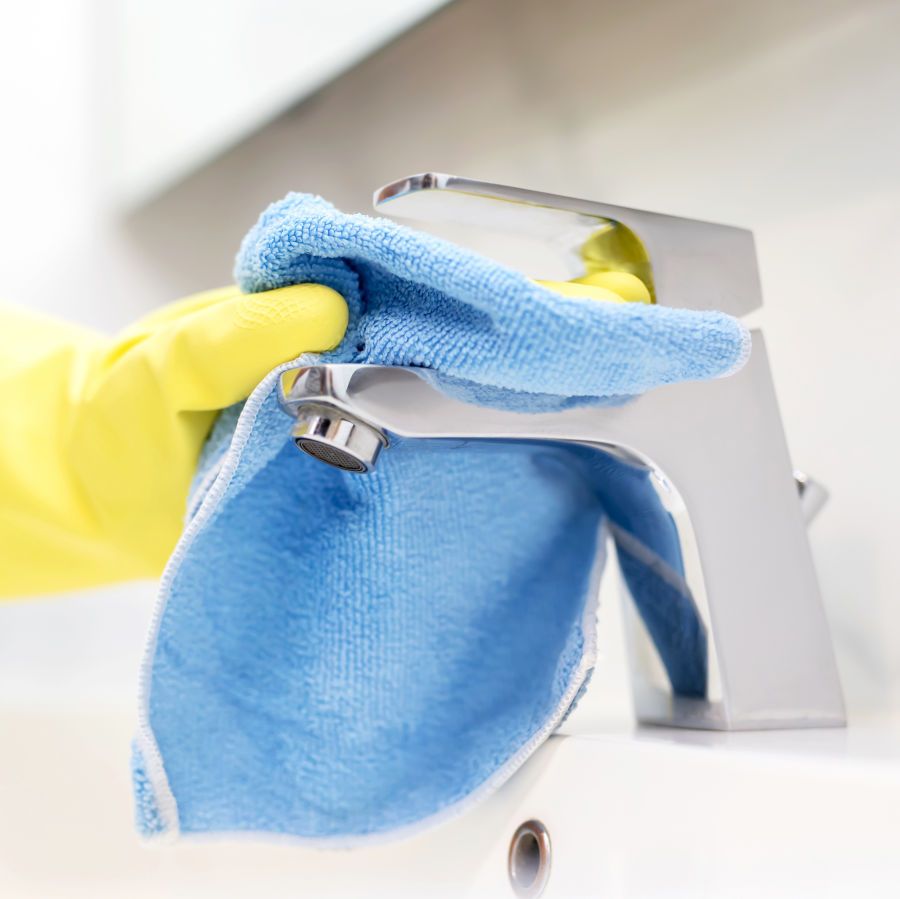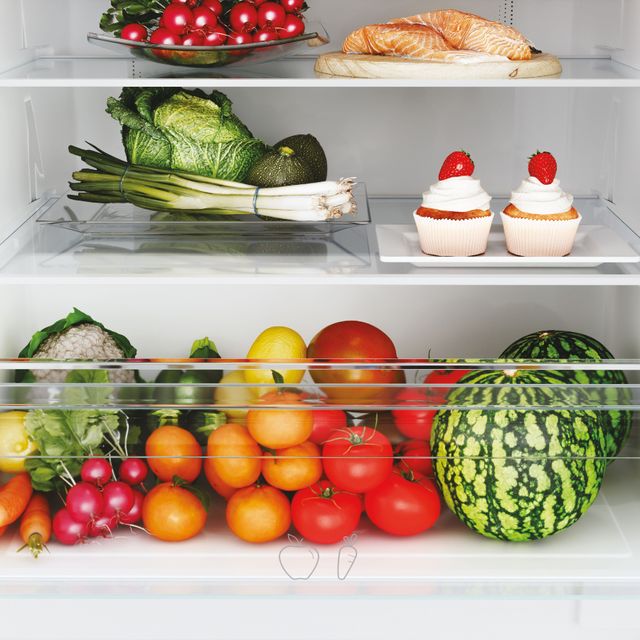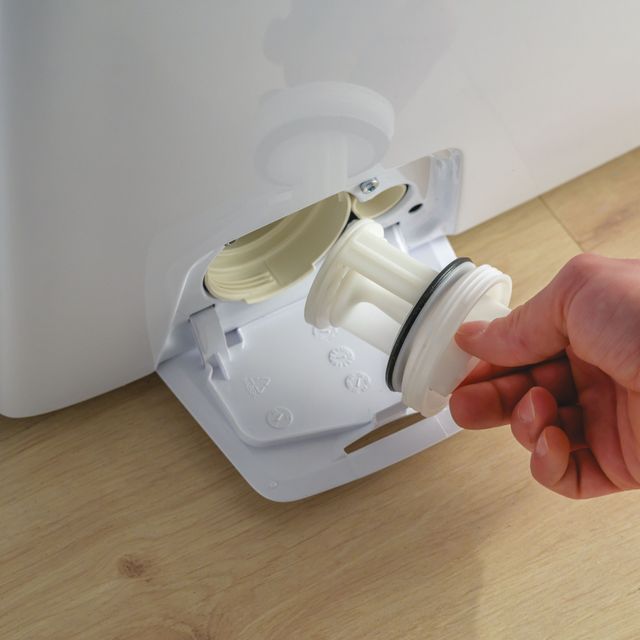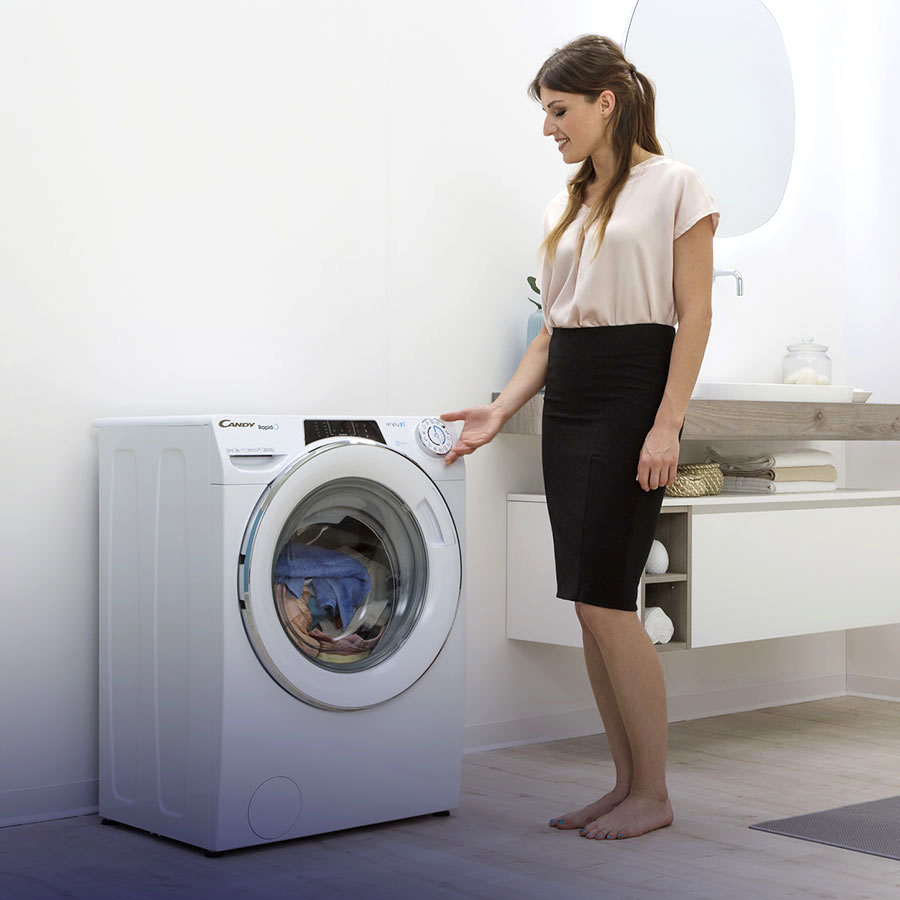Despite being very careful in scheduling your weekly cleaning, you may well have noticed that limescale formation is inevitable on all those surfaces in contact with water.
Over time, these build-ups – apart from being ugly to see – threaten to damage and clog your appliances, surfaces and taps in your bathroom and kitchen. That makes them a problem that needs to be fixed – even if you’ve got an appliance like those in the Candy range with leading cleaning technology.
To help you tackle the problem, we’ve put together this blog with our top tips to get rid of limescale, once and for all.
How to remove limescale from your bathroom
Showers and bathroom fixtures are the number one victims of limescale. This is generally because these rooms are the most humid and take in the most damp, making them the perfect place for build-ups to form and settle in.
Getting your bathroom back to looking its best can be done, with just a few quick solutions:
Removing limescale from the shower
First of all, you can prevent limescale formation by drying the shower every time you use it – ideally with something like an extractor fan that can remove the moisture in the air.
If you’ve noticed build ups however, it’s best to take a more active approach. Spray a multi-surface degreaser on tiles, the inner walls,the shower head and the drain, and leave it there for a few minutes before scrubbing it with a soft sponge.
If the glass of your shower stall is still caked in limescale, you’ll want to go for a slightly different method. In order to remove limescale from glass, we recommend using gentle and targeted products, such as those of the Care Plus Protect Ecological Line.
Removing limescale from your toilet
To deep clean the limescale in your toilet, cover the walls and the bottom of the bowl with plenty of bleach and leave it there all night.
The following day, scrub the surfaces thoroughly, wearing tough rubber gloves and using a coarse sponge, then flush the toilet to remove any residues.
How to remove limescale from your kitchen
Limescale will inevitably make its way into the kitchen as with everywhere else in the home – put with the right approach, you can easily keep it at bay.
Removing limescale from steel
Steel is one of the most used materials in the kitchen, in the sink, the stove and the oven hood for example. Although very resistant, it suffers an inevitable oxidation process over time. So how do you remove limescale from stainless steel, without ruining it or compromising its shine?
Firstly, you’ll want to avoid using aggressive products, because they corrode metals and ruin surfaces. You can make a gentle mixture yourself: just mix some hot water with a little dish soap and spray it on the surfaces you want to clean. Leave it for a few minutes, then scrub the most caked areas with a sponge, and rinse. Then dry it thoroughly.
This method also works to remove limescale from taps and to wash steel stoves, which are often the most difficult to clean. If you have an induction hob however, be careful not to ruin it with a rough sponge – to remove any limescale from the induction hob, you just need a wet microfibre cloth.
Removing limescale from your dishwasher
If your dishwasher is very old and worn in – and you don’t often treat it with specific anti-limescaleproducts – sediments and deposits are inevitable. Wash after wash, the dishwasher will be subject to limescale formation, both inside the appliance’s mechanical elements and on tableware, which can get damaged even after a few washing cycles.
Glass in particular is a very delicate material, and is particularly susceptible to limescale build- up. If you start noticing the first signs of glass damaged by limescale, then it's time to deep clean your appliance
When it comes to removing limescale from pots and pans, just fill them with water, bring them to a boil, and leave for two hours. Then wash them with dish soap and scrub the most stubborn areas with a durable sponge.
Modern dishwashers, such as Candy's Brava, have filter self-cleaning systems, designed to work independently and wash the inside of the dishwasher, with optimal results.
We hope these tips have been some use to you when taking on limescale around the home. For more tips and tricks on keeping your household clean, visit the Candy blog.




